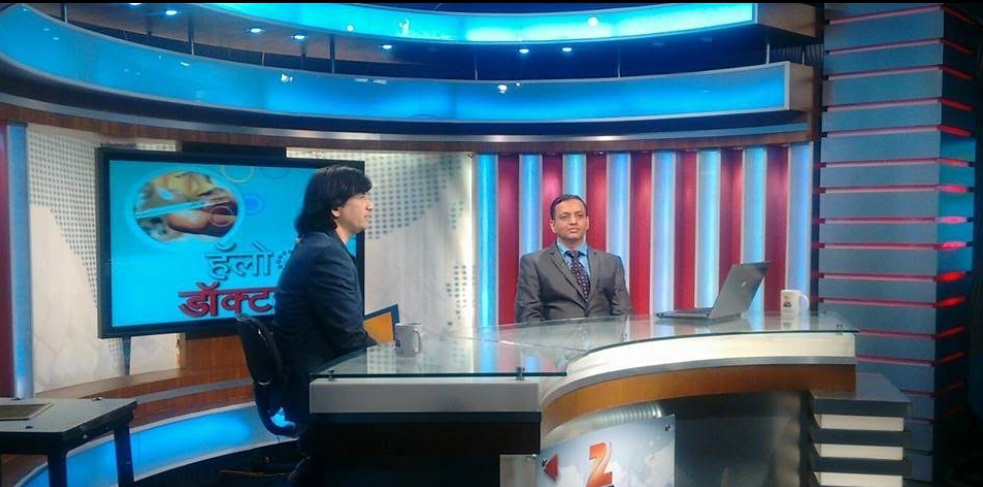Gall Stone Symptoms – How to Identify & Treat Early Signs

Gall Stone Symptoms: Spot the Signs Before It’s Too Late
Gallstones are more common than you might think. These hardened deposits that form in the gallbladder can often go unnoticed until they trigger pain or complications. If you've been feeling unexplained stomach discomfort or sharp abdominal pain, it's time to explore the possibility of gall stone symptoms. Knowing what to look for is the first step in getting timely help and preventing more serious conditions.
What Are Gallstones?
Gallstones are small, pebble-like formations made primarily of cholesterol or bilirubin. They develop when bile (a digestive fluid) becomes imbalanced and begins to crystallize. Though many people with gallstones never experience symptoms, when they do occur, gall stone symptoms can be quite painful and demand immediate medical attention.
What Causes Gall Stone Symptoms?
Gallstone formation is typically triggered by:
-
Too much cholesterol in bile
-
Poor gallbladder emptying
-
Rapid weight loss or crash dieting
-
Pregnancy or hormonal fluctuations
-
High-fat, low-fiber diets
Once a gallstone blocks a bile duct, gall stone symptoms begin to show, often suddenly and severely.
Common Gall Stone Symptoms to Watch For
If you're wondering whether that stomach pain is just gas—or something more—these are the signs to look out for:
1. Sharp Pain in Upper Abdomen
Often called a "gallbladder attack," this pain starts in the upper right abdomen and may radiate to the back or shoulder blade. It’s a key marker of gall stone symptoms.
2. Pain After Eating Fatty Foods
A heavy or greasy meal often triggers pain within 30–60 minutes. The gallbladder is trying to release bile, but a stone blocks its path.
3. Nausea and Vomiting
A blocked bile duct can interfere with digestion, making you feel queasy and full even after small meals.
4. Indigestion and Bloating
Recurring belching, gas, and bloating can be subtle signs of gall stone symptoms.
5. Fever and Chills
When a gallstone leads to infection, fever is your body’s natural response. This may point to cholecystitis (inflammation of the gallbladder).
When to Seek Immediate Help
Sometimes, gall stone symptoms turn into emergencies. Call a doctor if you experience:
-
Intense pain lasting more than 4 hours
-
Yellowing of skin or eyes (jaundice)
-
Clay-colored stools
-
Persistent vomiting
-
High fever with chills
These could be signs of bile duct obstruction, infection, or even pancreatitis.
Diagnostic Tools Used to Detect Gall Stones
Doctors rely on the following to diagnose gallstones:
| Test Type | What It Does |
|---|---|
| Ultrasound | Visualizes gallstones in the gallbladder |
| CT Scan | Detects complications or infections |
| HIDA Scan | Measures gallbladder function |
| Blood Tests | Checks for infection and liver stress |
If you're presenting gall stone symptoms, these tests will confirm the diagnosis and guide treatment.
Treatment Options for Gallstones
Treatment depends on the size of the stones and the severity of symptoms.
1. Lifestyle Changes
-
Eat a low-fat, high-fiber diet
-
Avoid skipping meals
-
Maintain a healthy weight
2. Medications
Oral bile acid pills may dissolve cholesterol stones, but this is rarely a permanent fix.
3. Surgery
A laparoscopic cholecystectomy (gallbladder removal) is the most effective and common treatment.
4. Endoscopic Procedures
Used if stones are lodged in bile ducts (ERCP method).
The right option depends on how advanced your gall stone symptoms are and whether complications have begun.
How to Prevent Gallstones
Preventing gallstones is easier than treating them. Consider:
-
Regular exercise
-
Limiting fried or fatty foods
-
Eating plenty of fruits, vegetables, and whole grains
-
Avoiding crash diets or extreme fasting
-
Drinking plenty of water
These habits can reduce the risk of experiencing gall stone symptoms later in life.
Case Snapshot: From Symptoms to Surgery
Patient: Male, 42
Symptoms: Right upper quadrant pain, nausea, post-meal bloating
Diagnosis: Ultrasound confirmed three medium-sized gallstones
Treatment: Laparoscopic surgery
Outcome: Recovered in 7 days, no recurrence of symptoms
His case is a classic example of ignoring mild gall stone symptoms until they escalated—followed by effective treatment and relief.
Final Thoughts
Gallstones don’t always announce themselves loudly. They can creep in with subtle signs like bloating or mild discomfort and worsen over time. Identifying gall stone symptoms early can prevent unnecessary pain, hospital visits, and even surgery.
If you notice a pattern of digestive discomfort, pain after meals, or nausea, consult a doctor. Awareness and timely action are the keys to managing your health and avoiding complications.
- Vibnix Blog
- Politics
- News
- Liberia News
- Entertainment
- Technology
- EĞİTİM BİLGİLERİ
- Art
- Causes
- Crafts
- Dance
- Drinks
- Film
- Fitness
- Food
- Oyunlar
- Gardening
- Health
- Home
- Literature
- Music
- Networking
- Other
- Party
- Religion
- Shopping
- Sports
- Theater
- Wellness


